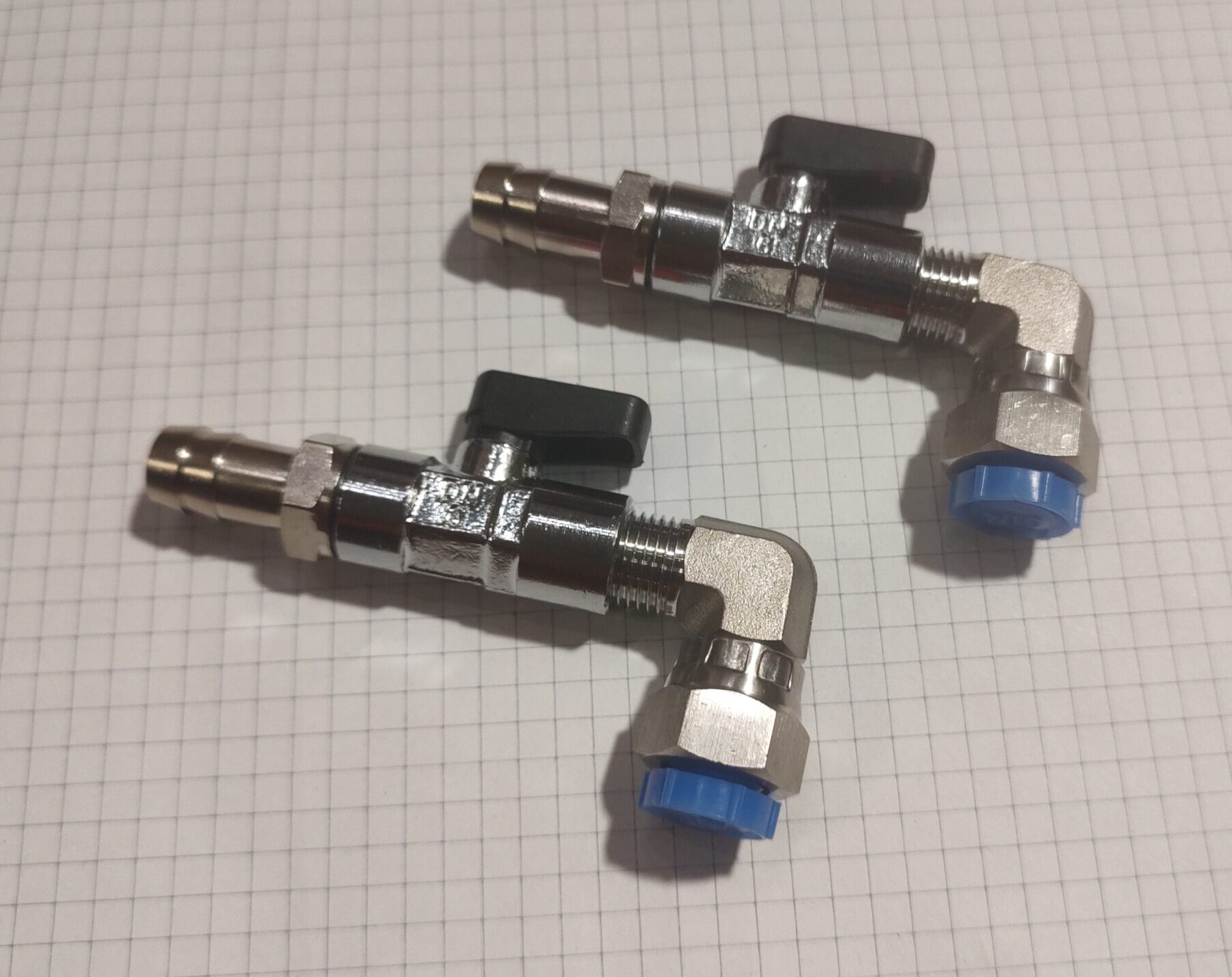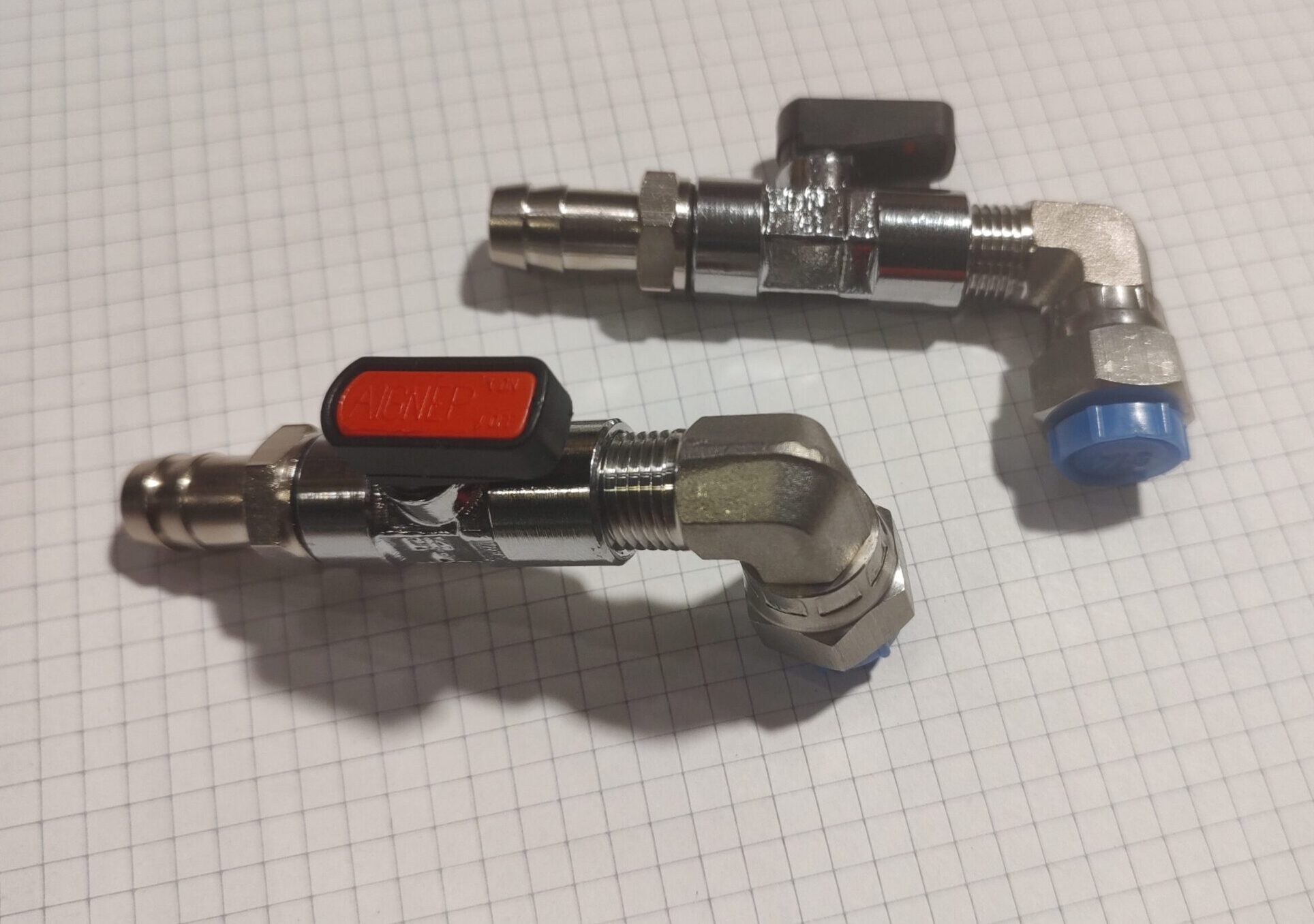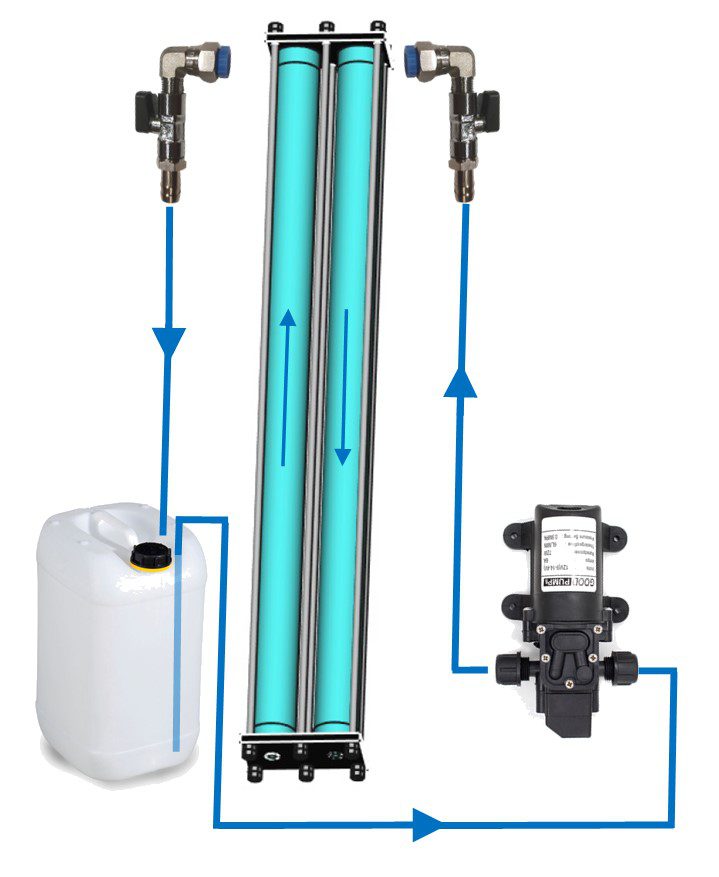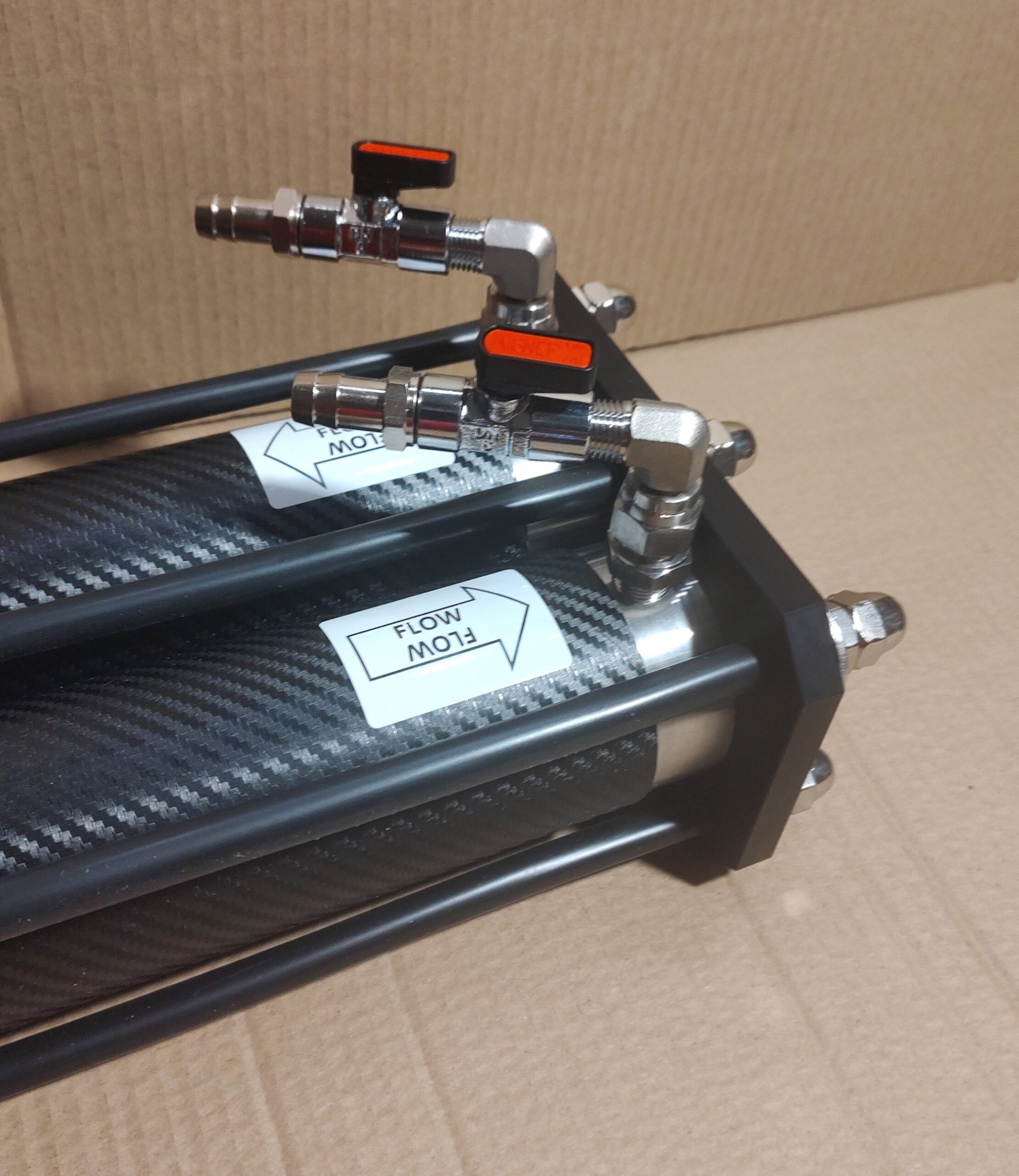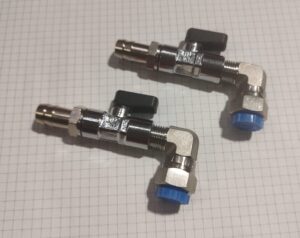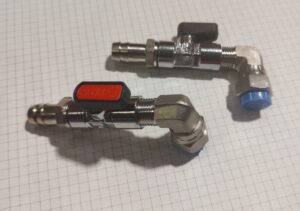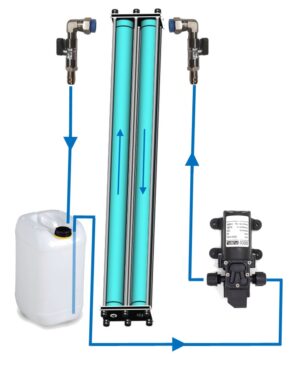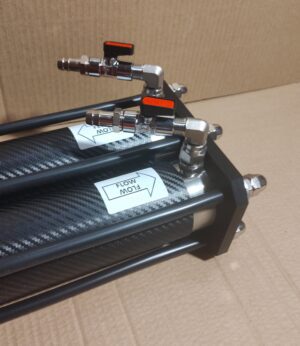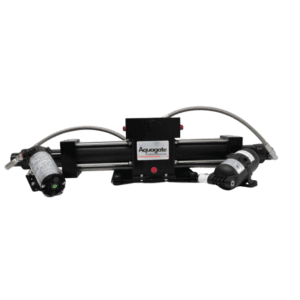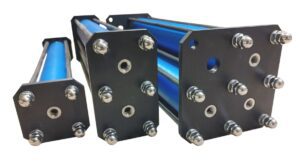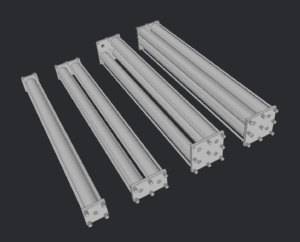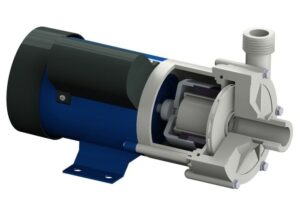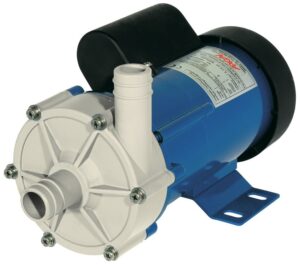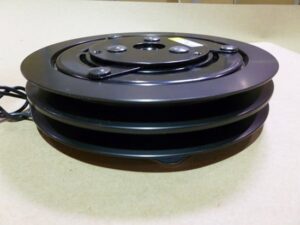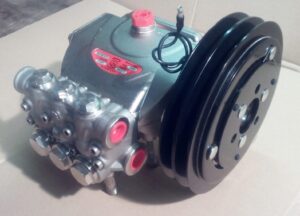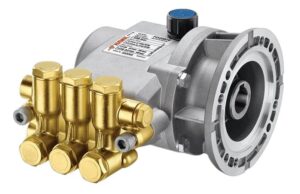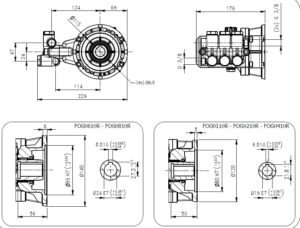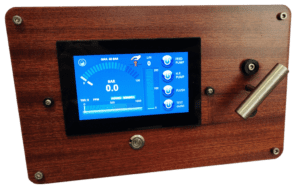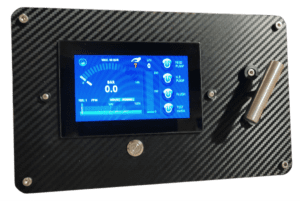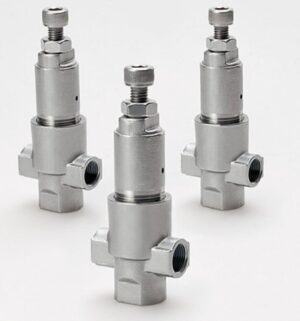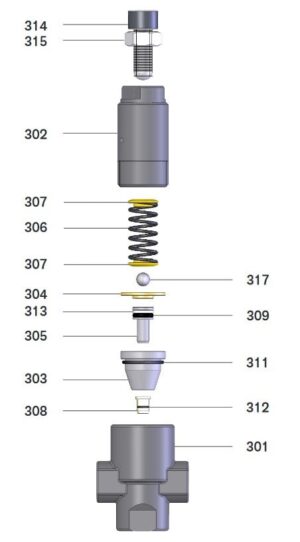Using this simple kit, you can perform cleaning or long-term preservation of your membranes. You only need a cheap small pressure pump and a 10-liter canister, things you probably already have on board.
There are three major advantages in using this simple accessory (which you can also make yourself):
- Chemicals will not come into contact with the rubber, plastic and metal parts of your pumps. This is especially important if you use a Clark energy recovery pump, which has more delicate components than regular high-pressure pumps.
- The two ball valves allow the membranes to be sealed, giving assurance that the vessels will not empty, even partially, and thus the membranes will remain completely submerged in the preservative solution.
- Simplifies the water maker installation by avoiding the need for additional pipes and 3-way valves
How to use this kit:
- Remove the high pressure hoses from the inlet and the outlet of the membrane rack.
- Mount the two valves as shown in the images and tighten them with a wrench.
- Connect the hose to an automatic cheap pressure pump and to a 10 liters canister where you will prepare the preservative solution. You have created a closed loop.
- Prepare 10 liters of solution following the instructions of the producer. Keep in mind that:
Every 2540 membrane contains 1.5 liters of water and every 2521 membrane contains about 1 liter of water. - Wire the pump to a 12 Volt source, open the valve at the outlet of the membrane rack and then open the valve at the inlet. The pump will start.
- Recirculate the solution for a few minutes.
- Close the valve at the outlet of the membrane rack and soon after the valve at the inlet.
- The vessels are now filled with preservative solution and no bubble of air should be inside. Check for drops/leaks. Flush the cheap pressure pump with some freshwater.
- When the watermaker is ready to be returned in service, remove the valves, clean them, reconnect the high pressure hoses, flush the plant and then start it. Discard the water produced in the first 30 minutes.
- With this system the solution does not flow through the other components of the watermaker and the two valves ensure that the system does not empty or air enters.
- Of course you can also arrange a similar system with your own fittings, the goal is that the vessels remain filled with solution and that the air does not enter.

